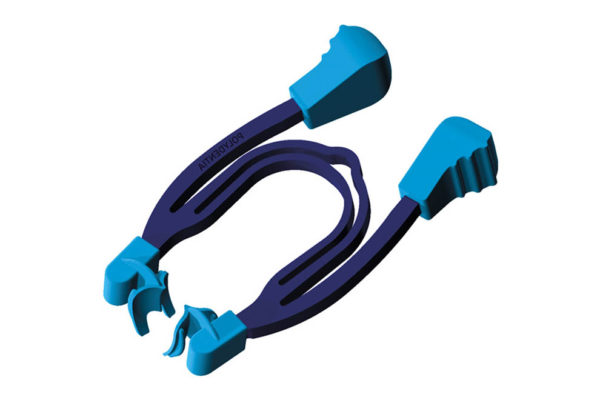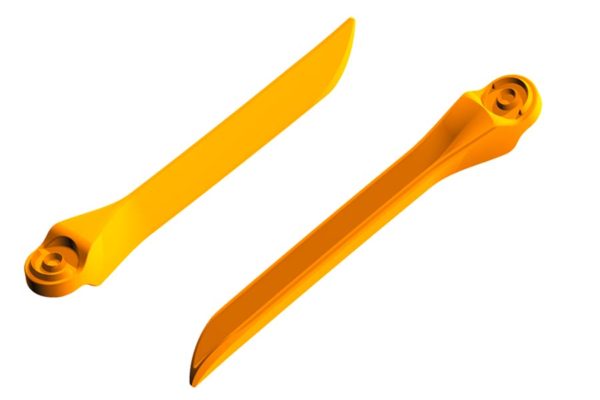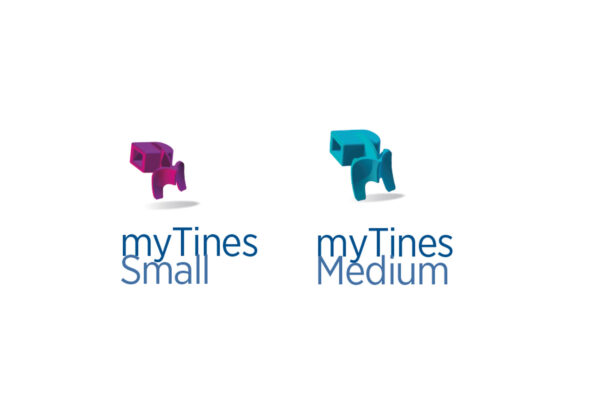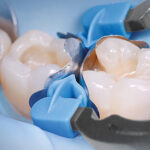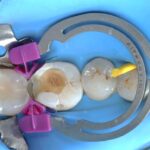08 Jul Class II cavity direct composite restoration on a young permanent premolar – myClip 2.0 – Dr Marina Papachroni
Class II cavity direct composite restoration on a young permanent premolar with myClip 2.0 sectional matrix system
by Dr Marina Papachroni
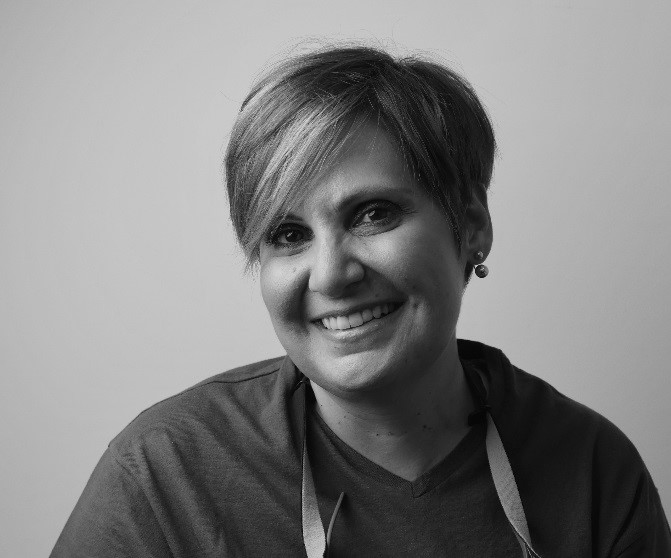
Dr Marina Papachroni
Marina Papachroni graduated in 1995 from dental school at the University of Athens. She completed a three-year post-graduate program where she received her pediatric dentistry specialization certificate in 1999 and a two-year master’s degree in dental materials in 2001 from the same university. Thereafter, she has attended numerous congresses, courses and continuing education programs. She is the Treasurer of the Board of the Hellenic Academy of Clinical Dentistry and a member of the Hellenic Society of Pediatric Dentistry, European Academy of Pediatric Dentistry and International Association of Pediatric Dentistry. Lately, she is lecturing on Bioactive Materials, Restorative Pediatric Dentistry and Pulp Therapy of Primary teeth. The current focus of clinical research is Bioactive Restorative Materials. Dr Papachroni runs her private practice in Patras, Greece, with emphasis on aesthetic and microscopic pediatric dentistry.
clinical case
For young patients rebuilding the anatomy in class II cavity restorations is a major issue but not making too many occlusal adjustments after finishing the layering procedures is one of the same importance aspects. The following images show the step-by-step treatment we performed for treating decay on the upper first premolar of a 15-year-old teenager.
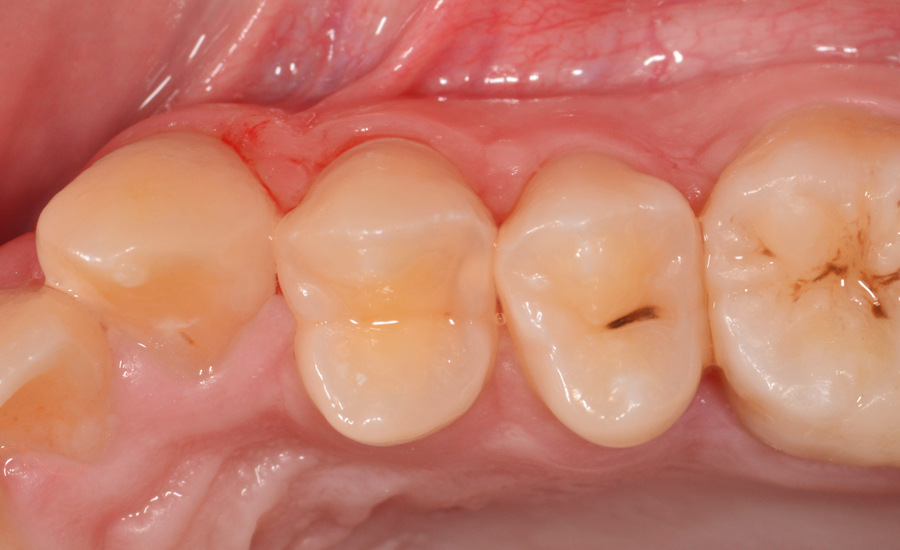
1: Pre-operative situation showing a class II carious lesions on the upper first molar.
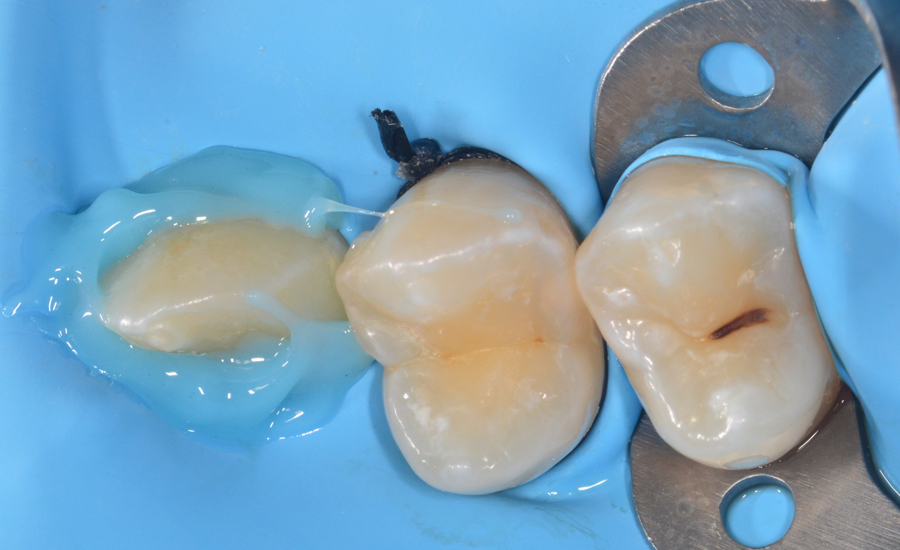
2: The view after rubber dam isolation. The rubber dam was placed in order to have optimal control of the operating field.
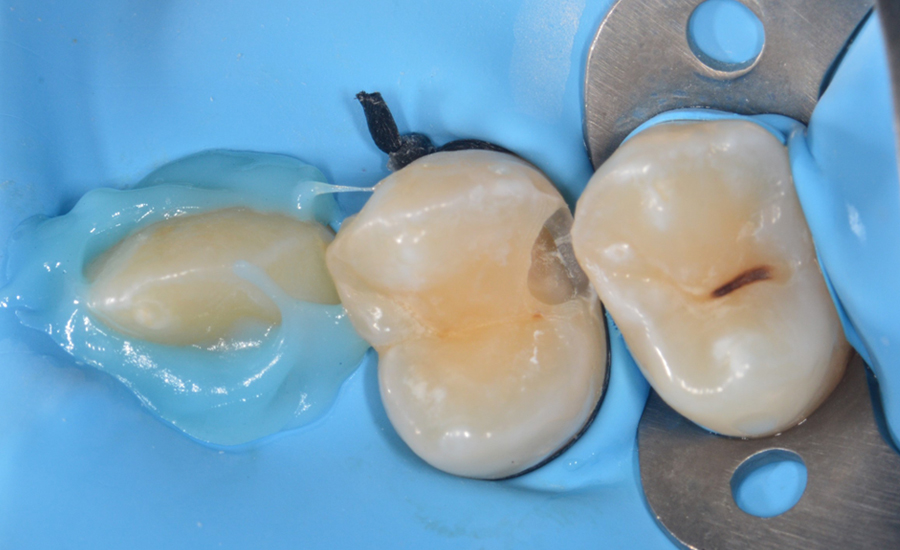
3: Cavity preparation after removing decay and cleaning.
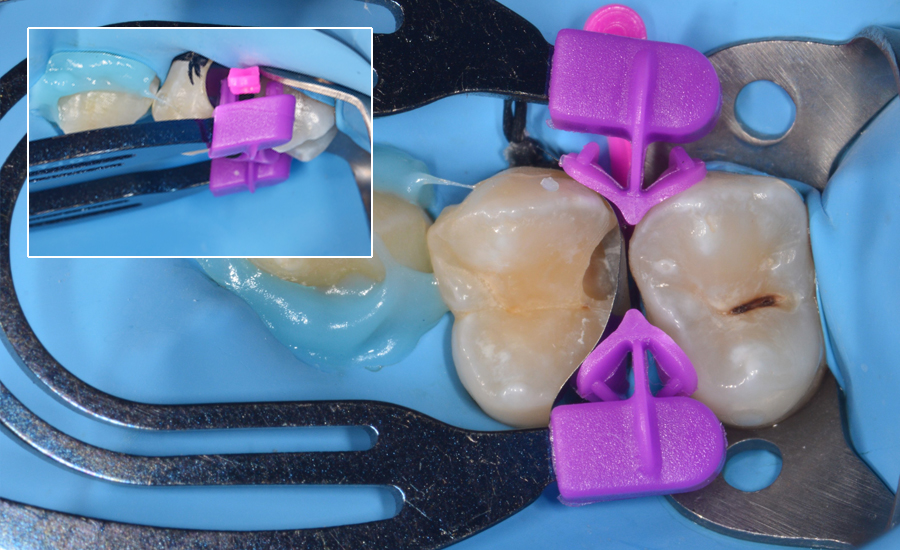
4: Particular attention was paid to the correct positioning of the sectional matrix to enhance the adaptation to the tooth. myClip 2.0 was combined with extremities myTines Small, specifically designed for young permanent teeth or teeth with short crown height.
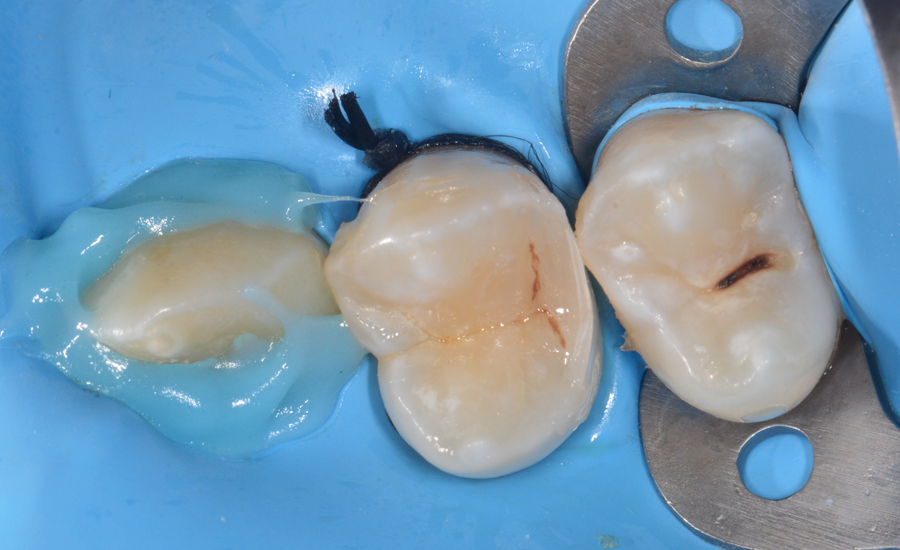
9: Occlusal view of the direct composite restoration immediately after removing the sectional matrix system. The perfect adaptation of the matrix at the buccal and palatal margins of the restoration produces fewer flashes and reduces the time of finishing.
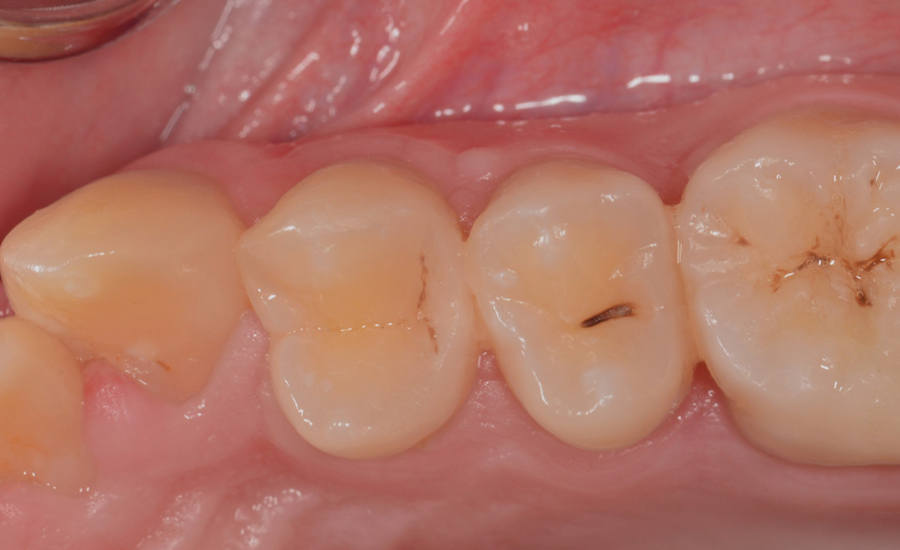
6: Final restoration without rubber dam. Check the tight contact point between premolars.
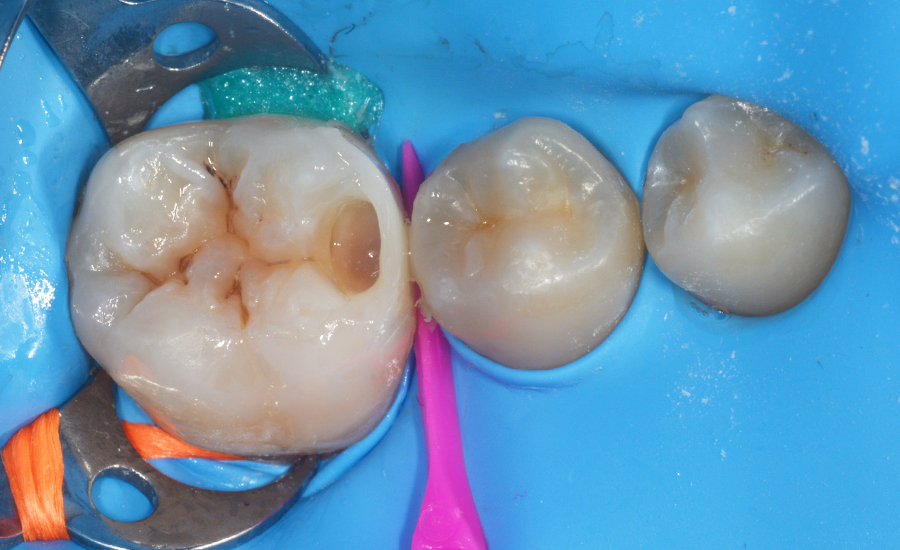
7: Next step is to open the matrix and check if the margins we created are correct. Notice the ideal contouring of tooth perimeter.
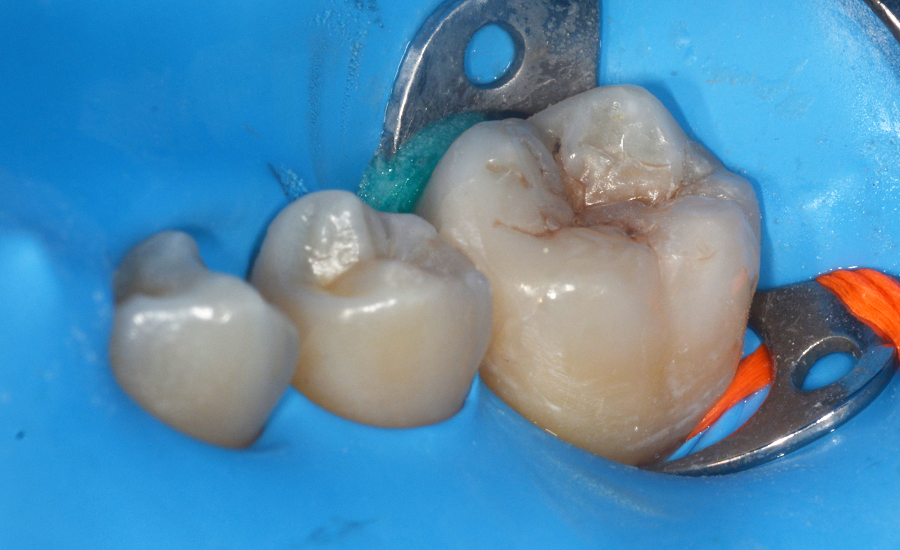
8: We transform the class II restoration into a class and then proceed with finishing and polishing steps.
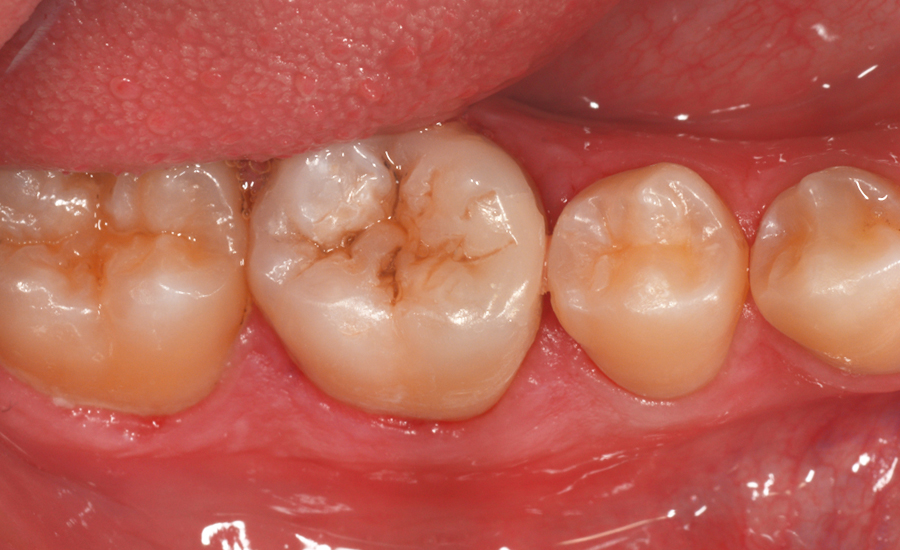
9: Vista occlusale del restauro diretto finale.
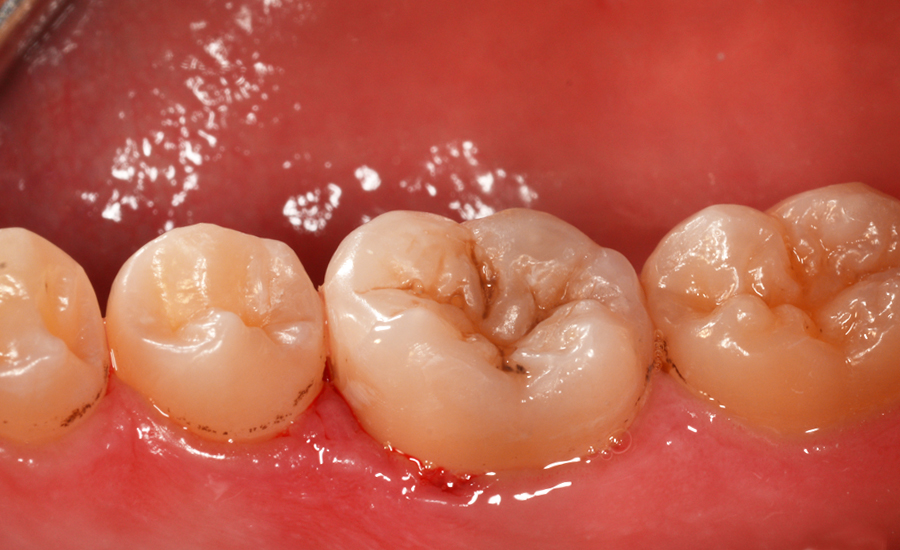
10: Final restoration without rubber dam. Check the tight contact point between premolars.
conclusion
In conclusion, a functional contact surface is achieved by using the most suitable matrix system, a good separation ring between the teeth and by having a very nice adaptation of the matrix to the preparation walls. These three steps in young permanent teeth are achieved with the separation ring myClip 2.0 and the extremities myTines small.
other clinical cases
-
Class II adjacent cavities on 1st and 2nd molars – QuickmatFIT anatomical sectional matrices & myRing Forte – Dr David Gerdolle
A 28-year-old female patient, without any systemic medical conditions presented with a carious lesion affecting both molar 46D and 47M. The following case illustrates the direct composite restoration of the lesion using the Polydentia QuickmatFIT anatomical sectional matrices in combination with myRing Forte and myWedge plastic v-shaped wedges....
-
Class II cavity direct composite restoration on a young permanent premolar – myClip 2.0 – Dr Marina Papachroni
For young patients rebuilding the anatomy in class II cavity restorations is a major issue but not making too many occlusal adjustments after finishing the layering procedures is one of the same importance aspects. The following images show the step-by-step treatment we performed for treating decay on the upper first premolar of a 15-year-old teenager. ...
-
Class II cavity direct restoration on young permanent molar with myQuickmat Forte – Dr Marina Papachroni
Class II (interproximal) decay involves the proximal surface of a posterior tooth and it is a common occurrence in many dental patients. One challenge for the clinician is to accurately recreate a physical contact to the adjacent tooth and, at the same time, to restore proper interproximal anatomic form. This case involves a teenager 16 years old with an interproximal lesion in his left lower molar (#36)....
-
Class II direct composite restoration on first premolar – QuickmatFLEX sectional matrices and myClip Junior – Dr Marina Papachroni
A male teenager came to our office feeling pain in the upper left quadrant. We proceeded with a Class II restoration of the first premolar without removing brackets. The following images show the step-by-step direct composite restoration procedure using the premolar sectional matrix QuickmatFLEX in combination with the paediatric sectional matrix ring myClip junior. ...
-
Class II restoration of a primary molar – myRing Junior – Dr Sabová
The young patient came for a periodic checkup. After a preliminary analysis we found a class II mesial carious lesion on primary molar 6.5. Since the dimensions of the carious lesion were limited, we decided to proceed with a direct composite restoration procedure using myJunior kit from Polydentia. ...
-
Class II restoration on a first molar – QuickmatFIT anatomical sectional matrices and myRing Forte – Dr Cristian Scognamiglio e Dr Alessandro Perucchi
The patient came for a consultation complaining of discomfort at tooth 36 when chewing. Molar 36 presented a very old composite restoration with initial disto-occlusal infiltration. We decided to carry out an OD restoration that also involved the buccal surface in order to replace the filling with a new aesthetic restoration. In this clinical case, we illustrate the procedure for the step-by-step restoration of tooth 36 using the Polydentia QuickmatFIT Molar sectional matrix in combination with the myQuickmat Forte sectional matrix ring....
-
Class II restoration on second bicuspid – myQuickmat Forte kit – Dr. Chiodera
The Polydentia myQuickmat Forte kit is a very effective system for posterior class II restorations....
-
Diamond24, 24 solutions for your restorations of Class II cavities
Diamond24 and myRing Classico: 24 solutions for your Class II restorations. Read the article written by Dr. Chiodera, which explains how to get great contact points with Diamond24 and myRing Classico for Class II cavity restorations. ...
-
Dr. Chiodera – Class III restoration – Unica anterior
The patient came to our attention for a regular check. A first analysis revealed a class III carious lesion on incisor 21. We decided to eliminate the carious lesion and proceed with a direct composite restoration of the cavity....
-
Dr. Chiodera – MOD restoration on first Molar – myQuickmat Classico kit
The Polydentia myQuickmat Classico kit is a very efficient system for posterior class II restorations....

